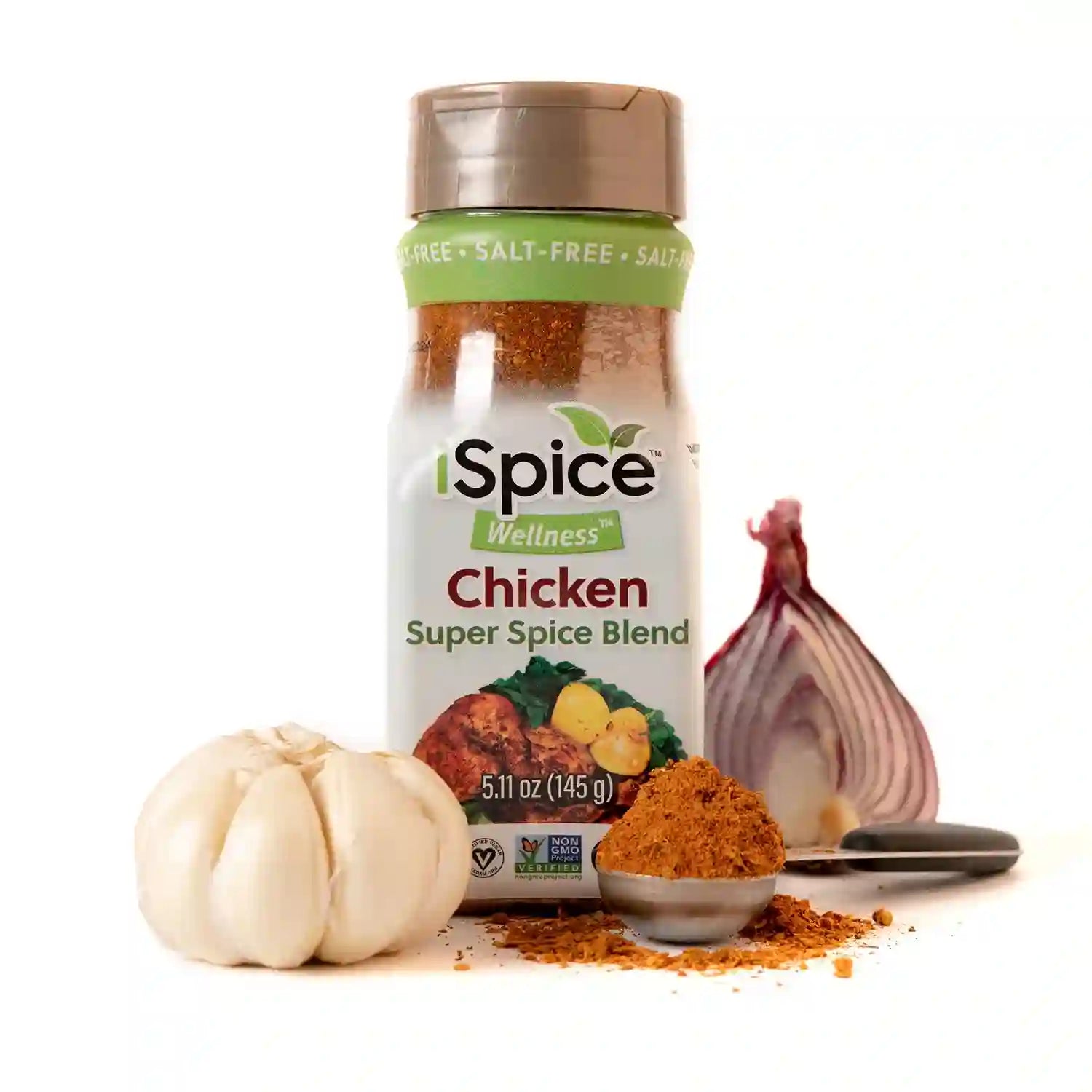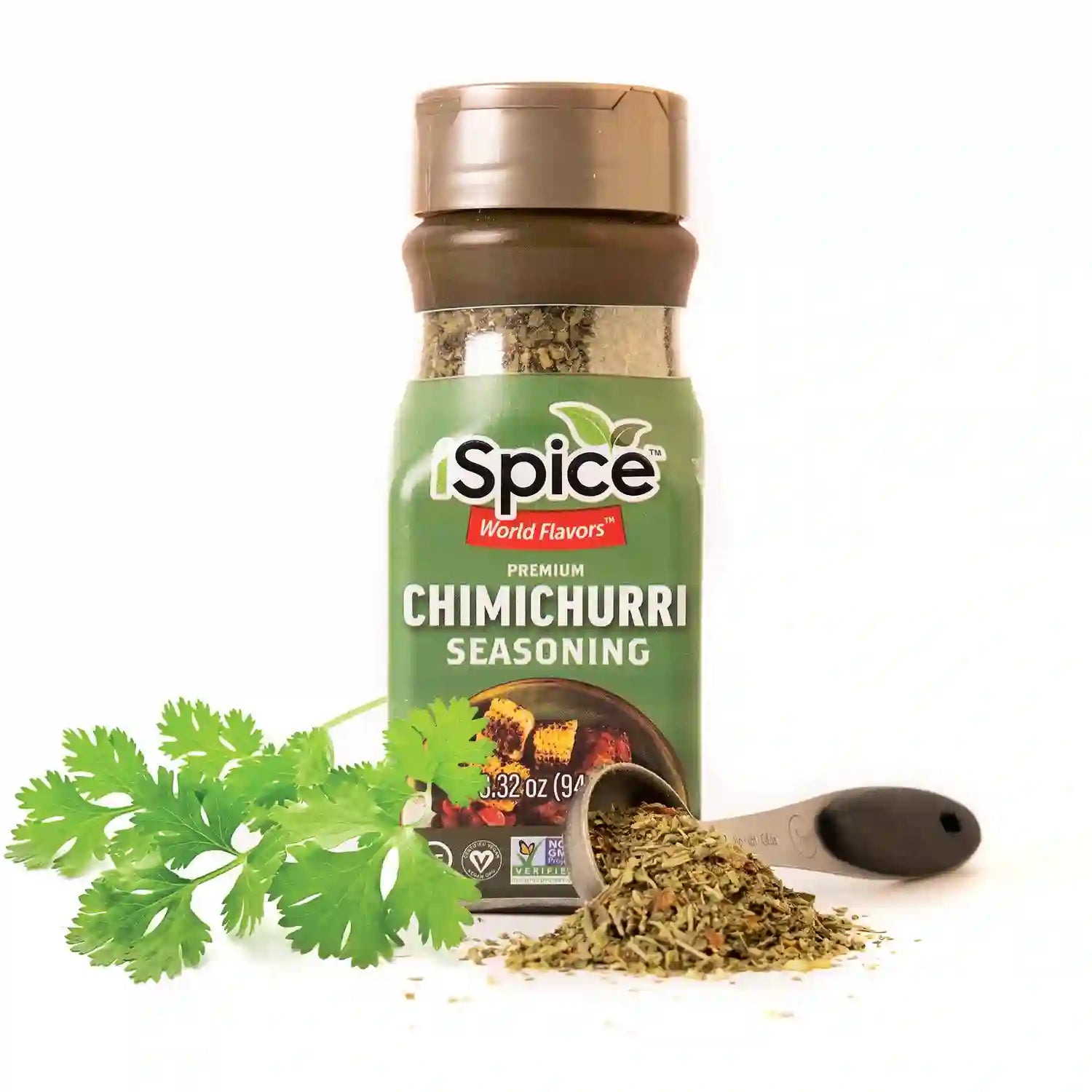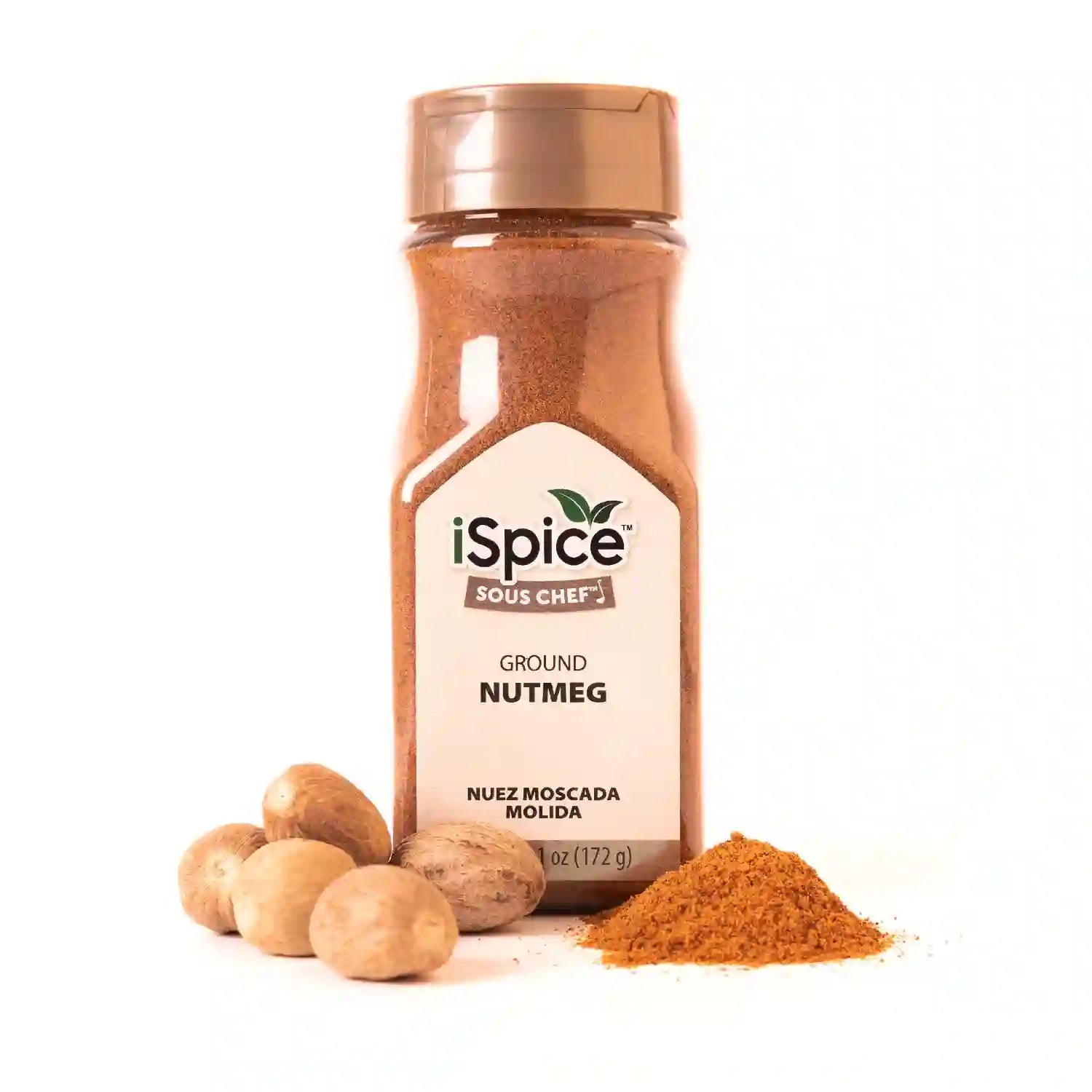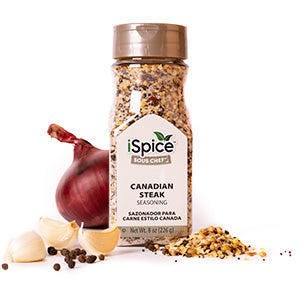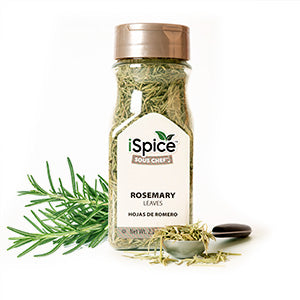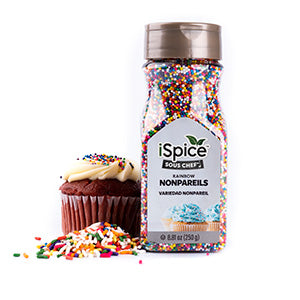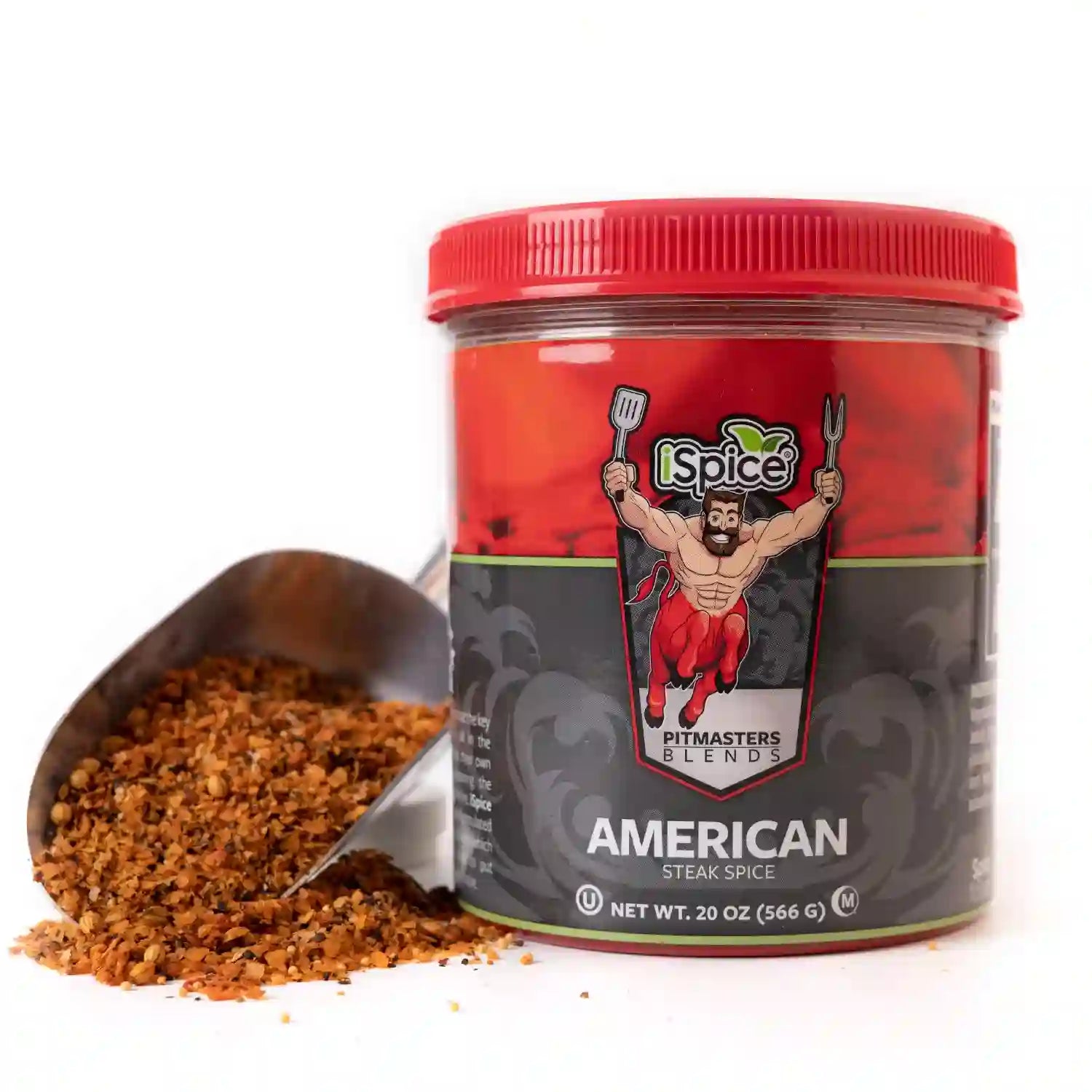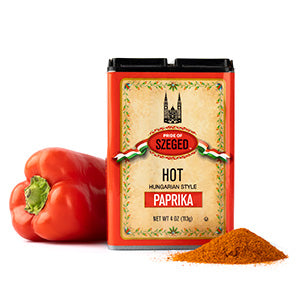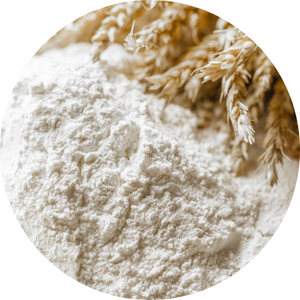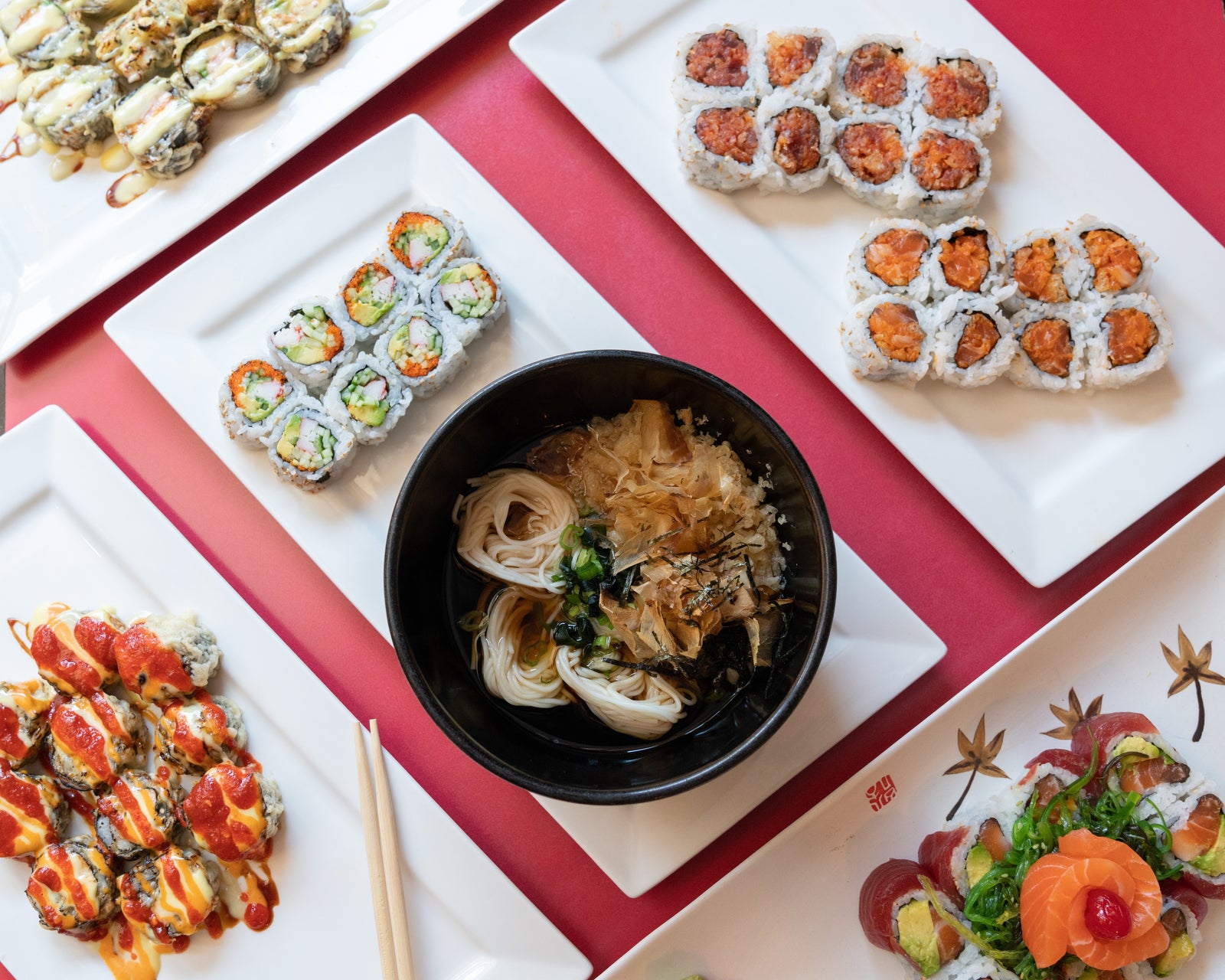
Introduction
Japanese Sansho pepper, also known as Zanthoxylum piperitum or Japanese prickly ash, is a unique spice that has been gaining immense popularity globally. This small, reddish-brown berry with a distinctive citrusy and peppery flavor has made its way into the hearts of food enthusiasts, chefs, and home cooks alike. The rising demand for Japanese Sansho pepper is a testament to its culinary versatility and numerous health benefits. In this article, we will explore the reasons behind its increasing popularity, its culinary applications, health advantages, and why it has become a staple in kitchens worldwide.
A Brief History of Japanese Sansho Pepper
The history of Japanese Sansho pepper dates back centuries. It has been an essential part of Japanese cuisine and traditional medicine for generations. The pepper was introduced to Japan from China during the Nara period (710-794) and has since been cultivated in various regions of the country. Initially, it was used for medicinal purposes due to its antibacterial and analgesic properties. Over time, it became an integral part of Japanese cuisine and gained popularity in other parts of the world through international trade.
Unique Flavor Profile of Japanese Sansho Pepper
Japanese Sansho pepper is renowned for its unique flavor profile. Unlike traditional black or white pepper, Sansho delivers a complex taste that combines a citrusy, zesty note with a mild peppery kick. The presence of hydroxy-alpha sanshool is responsible for the tingling and numbing sensation on the tongue, a characteristic rarely found in other spices. This unique flavor makes Japanese Sansho pepper a prized ingredient in various dishes, both savory and sweet.
Culinary Uses and Applications
1. Enhancing Seafood Delicacies
The Rising Popularity of Japanese Sansho Pepper Globally can be attributed to its ability to complement and elevate seafood dishes. The citrusy undertones of Sansho pepper harmonize perfectly with the delicate flavors of fish and shellfish. Chefs worldwide have incorporated this spice into their recipes to create exquisite and memorable seafood delicacies.
2. Seasoning Sushi and Sashimi
Sushi and sashimi are iconic Japanese dishes that have gained widespread appreciation globally. The Rising Popularity of Japanese Sansho Pepper Globally has been further boosted by its use in seasoning these dishes. Sprinkling Sansho pepper over sushi and sashimi adds a new dimension of taste, making each bite an exciting culinary adventure.
3. Marinating Meat and Poultry
The versatility of Japanese Sansho pepper extends beyond seafood and sushi. It is also used in marinating meat and poultry, infusing them with a delightful blend of flavors. The gentle heat of Sansho enhances the taste of grilled, roasted, or braised meats, making it a must-have spice for meat lovers.
4. Flavoring Soups and Stews
In traditional Japanese cuisine, Sansho pepper is an essential ingredient in soups and stews. It imparts a unique aroma and taste, transforming simple broths into hearty and aromatic dishes. This spice is especially popular in hot pot dishes, where its numbing effect balances the richness of the broth.
5. Creating Delectable Desserts
Contrary to popular belief, Sansho pepper is not limited to savory dishes alone. The Rising Popularity of Japanese Sansho Pepper Globally can be attributed to its use in desserts. Pastry chefs around the world have started experimenting with this spice in cakes, ice creams, and chocolates, introducing an intriguing blend of sweet and spicy flavors.
The Health Benefits of Japanese Sansho Pepper
Japanese Sansho pepper not only delights the taste buds but also offers various health benefits:
1. Digestive Aid
The Rising Popularity of Japanese Sansho Pepper Globally can be attributed to its digestive properties. The spice aids in digestion by stimulating the production of gastric juices, promoting better nutrient absorption, and reducing bloating and discomfort after meals.
2. Antioxidant Properties
Sansho pepper contains potent antioxidants that help neutralize free radicals in the body, reducing oxidative stress and supporting overall health.
3. Anti-Inflammatory Effects
The active compounds in Japanese Sansho pepper exhibit anti-inflammatory properties, which may help alleviate symptoms of arthritis and other inflammatory conditions.
4. Pain Relief
Due to the presence of hydroxy-alpha sanshool, Sansho pepper has mild analgesic properties that can provide relief from certain types of pain and discomfort.
Frequently Asked Questions (FAQs)
-
Is Sansho pepper related to Sichuan pepper?
Despite their similar numbing properties, Japanese Sansho pepper (Zanthoxylum piperitum) and Sichuan pepper (Zanthoxylum simulans or Zanthoxylum bungeanum) are not the same. They belong to different species within the Zanthoxylum genus and have distinct flavor profiles.
-
Is Sansho pepper gluten-free?
Yes, Japanese Sansho pepper is naturally gluten-free, making it a safe spice option for those with gluten sensitivities or celiac disease.
-
Can Sansho pepper be used as a substitute for black pepper?
While both Sansho pepper and black pepper are spices, they have different flavor profiles. Sansho's citrusy and numbing qualities make it a unique addition to dishes and cannot be directly substituted for black pepper in all recipes.
-
Is Sansho pepper suitable for vegetarians and vegans?
Yes, Japanese Sansho pepper is plant-derived and is entirely suitable for vegetarians and vegans.
-
Does Sansho pepper have any medicinal uses?
Traditional medicine has used Sansho pepper for its antibacterial and analgesic properties. However, it's essential to consult a healthcare professional before using it for medicinal purposes.
-
Where can I buy authentic Japanese Sansho pepper?
You can find authentic Japanese Sansho pepper in specialty spice stores, Asian markets, or online retailers that offer high-quality spices and culinary ingredients.
Conclusion
The Rising Popularity of Japanese Sansho Pepper Globally is a testament to the spice's unique flavor, culinary versatility, and health benefits. From enhancing seafood dishes to seasoning sushi, marinating meats, flavoring soups, and even creating delectable desserts, this spice has carved its place in kitchens worldwide. Its ability to deliver a delightful balance of citrus and peppery notes, combined with mild numbing properties, makes it a must-have ingredient for adventurous cooks and food enthusiasts alike. Whether you are a seasoned chef or an aspiring home cook, adding Japanese Sansho pepper to your spice collection is sure to elevate your culinary creations to new heights.
Alert: While spices can have many beneficial properties for health, using them for medical purposes should be done under the guidance and supervision of a healthcare professional or specialist. Some spices may interact with medications or cause adverse reactions in certain individuals, and it is important to use them safely and appropriately. If you are considering using spices for a medical condition, it is important to consult with a healthcare professional before doing so.

